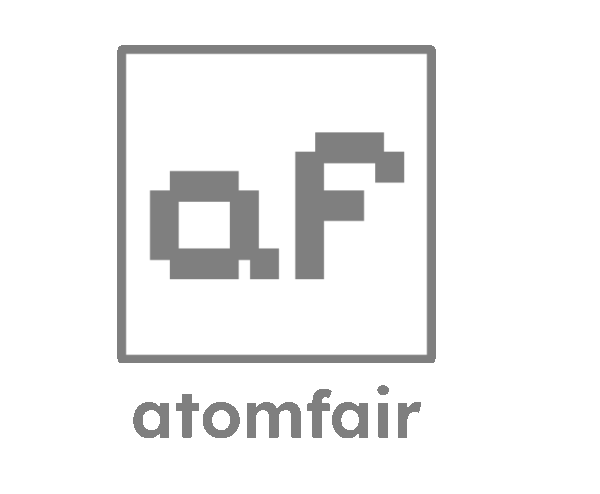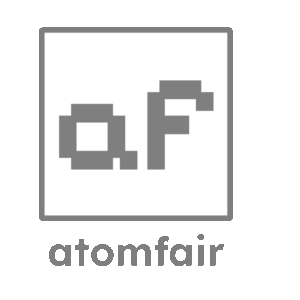Description
Key Properties & Advantages
NiO-3YSZ’s performance stems from its balanced NiO:3YSZ ratio and optimized particle characteristics:
Controlled Particle Size (0.2–0.4 μm): Enables dense sintering at moderate temperatures (1300–1400°C), forming a robust anode support with interconnected porosity (critical for fuel diffusion) while ensuring strong adhesion to electrolyte layers.
High Specific Surface Area (8–14 m²/g): Promotes efficient reduction of NiO to metallic Ni (post-fabrication), creating a conductive network for electron transport and enhancing catalytic activity for fuel oxidation (H₂, CH₄).
Low Moisture Content (<1 wt.%): Prevents agglomeration during storage and processing, ensuring uniform dispersion in green bodies, tapes, or slurries—critical for consistent microstructure in anode supports.
1:1 NiO:3YSZ Ratio: Balances electronic conductivity (from Ni) and structural/chemical stability (from 3YSZ), with 3YSZ mitigating nickel sintering and providing oxygen ion conduction pathways.
Thermal Compatibility: Matches the thermal expansion coefficient of 3YSZ electrolytes, reducing interfacial stress during SOFC operation and improving long-term durability.
Post-Reduction Activity: Upon reduction in H₂, NiO converts to metallic Ni, forming a porous, conductive network that efficiently catalyzes fuel oxidation reactions (e.g., H₂ → 2H⁺ + 2e⁻).
Core Applications
Anode-Supported Solid Oxide Fuel Cells (SOFCs)
NiO-3YSZ is the industry standard for anode supports in SOFCs, where structural integrity and fuel oxidation are paramount:
Anode Substrates: Serves as the mechanical backbone of anode-supported SOFCs, providing strength to the cell while hosting the fuel oxidation reaction. Its porous structure (after sintering) allows fuel gases (H₂, syngas) to diffuse to the active anode-electrolyte interface.
Active Anode Layers: Can be tailored with additional porosity to enhance fuel diffusion, supporting high-performance in both hydrogen and hydrocarbon-fueled SOFCs.
Composite Anodes: Compatible with other materials (e.g., ceria-based oxides) to improve tolerance to sulfur or carbon deposition in hydrocarbon fuels.
SOFC Stack Manufacturing
Scalable Production: Suitable for tape casting, extrusion, or slip casting—enabling mass production of thin, lightweight anode supports for high-power SOFC stacks used in distributed power generation and industrial applications.
Technical Specifications
The parameter details are as follows: Composition is NiO : 3YSZ = 1:1 (3YSZ = (Y₂O₃)₀.₀₃(ZrO₂)₀.₉₇); Particle Size (D50) is 0.2–0.4 μm; Specific Surface Area is 8–14 m²/g; Moisture Content is <1 wt.%; Color is grayish-green crystalline powder (NiO dominant); Reduction Behavior is converting to Ni-3YSZ in H₂ (300–600°C), forming a porous conductive network.
Quality Assurance
Each batch of NiO-3YSZ undergoes rigorous testing to ensure reliability:
X-ray diffraction (XRD) to confirm phase purity of NiO and 3YSZ.
Particle size analysis (laser diffraction) to verify 0.2–0.4 μm distribution.
BET surface area measurement to validate 8–14 m²/g range.
Moisture content testing to ensure compliance with <1 wt.% specification.
Sintering test (optional) to confirm porosity and mechanical strength post-sintering.
A certificate of analysis (CoA) is provided with each order, documenting batch-specific properties.

